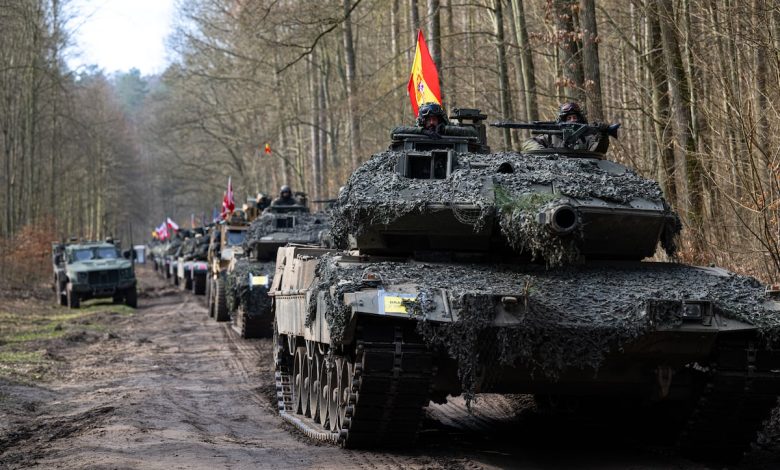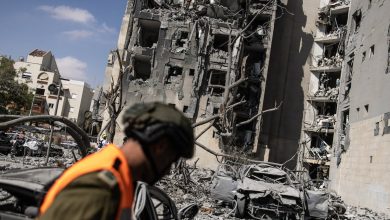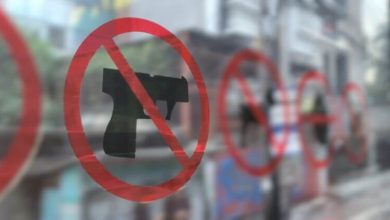Spanish spending spike to help hit NATO budget target this year

THE HAGUE, Netherlands — Spain will rapidly increase its military spending rate this year to reach the 2% of GDP target set for NATO members, the country’s prime minister announced on Tuesday.
Spain so far has been among the alliance’s lowest defense spenders, with just 1.3% of the country’s total economic power going to the military.
The €10.5 billion boost ($12 billion) in defense spending will raise the Spanish total to €34 billion ($39 billion) for this year.
Madrid originally set a goal of reaching 2% of GDP for defense spending by 2029, but the envisioned cash infusion will mean that the target is reached in 2025 instead.
While announcing the increased military budget on Tuesday, the country’s left-of-center prime minister, Pedro Sánchez, said most of the funding — almost 90% — is expected to boost Spain’s domestic economy. He stressed that the country remained “pacifist” but that he hoped the increased military readiness would act as a deterrent to “those who might think of attacking Europe.”
The money will come from the post-pandemic recovery funds, from the government’s savings due to Spain’s strong economic growth, and from several line items included in the government budget that were “no longer needed,” Sánchez said.
Less than a fifth of the extra money will be used for the “purchase of arms in the traditional sense of the word,” the prime minister added.
Of the €10.5 billion boost ($12 billion), 35% is earmarked for improving the working conditions of troops, over 31% will be spent on new telecom technologies and cybersecurity, nearly 19% will go to defense and deterrence tools, and close to 17% to support for emergency and natural disaster management.
Spain’s economy has been doing remarkably well compared to much of the West in recent years, with GDP growing by 3.2% in 2024, making it the fastest-growing in the Eurozone. The country has been under left-of-center leadership since 2020, whose priorities have usually focused on social issues and the fair redistribution of wealth, not military spending.
The Spanish boost in military spending follows a broader trend across Europe, which has experienced a historic about-face in the wake of Russia’s full-scale invasion of Ukraine. Defense budgets across the continent have significantly grown since, with military spending across the EU last year totaling €326 billion ($374 billion), or just under 2% of total GDP.
U.S. President Donald Trump has repeatedly called into question the collective security assured under NATO’s treaty for member states that don’t spend enough. The 2% target had been formally agreed by the alliance’s heads of state in 2014, following Russia’s annexation of Ukraine’s Crimean Peninsula, although the number had first been pledged noncommittally in 2006.
The target may be raised to 3% at the upcoming NATO summit in the Hague, which will be held in June.
Linus Höller is a Europe correspondent for Defense News. He covers international security and military developments across the continent. Linus holds a degree in journalism, political science and international studies, and is currently pursuing a master’s in nonproliferation and terrorism studies.







